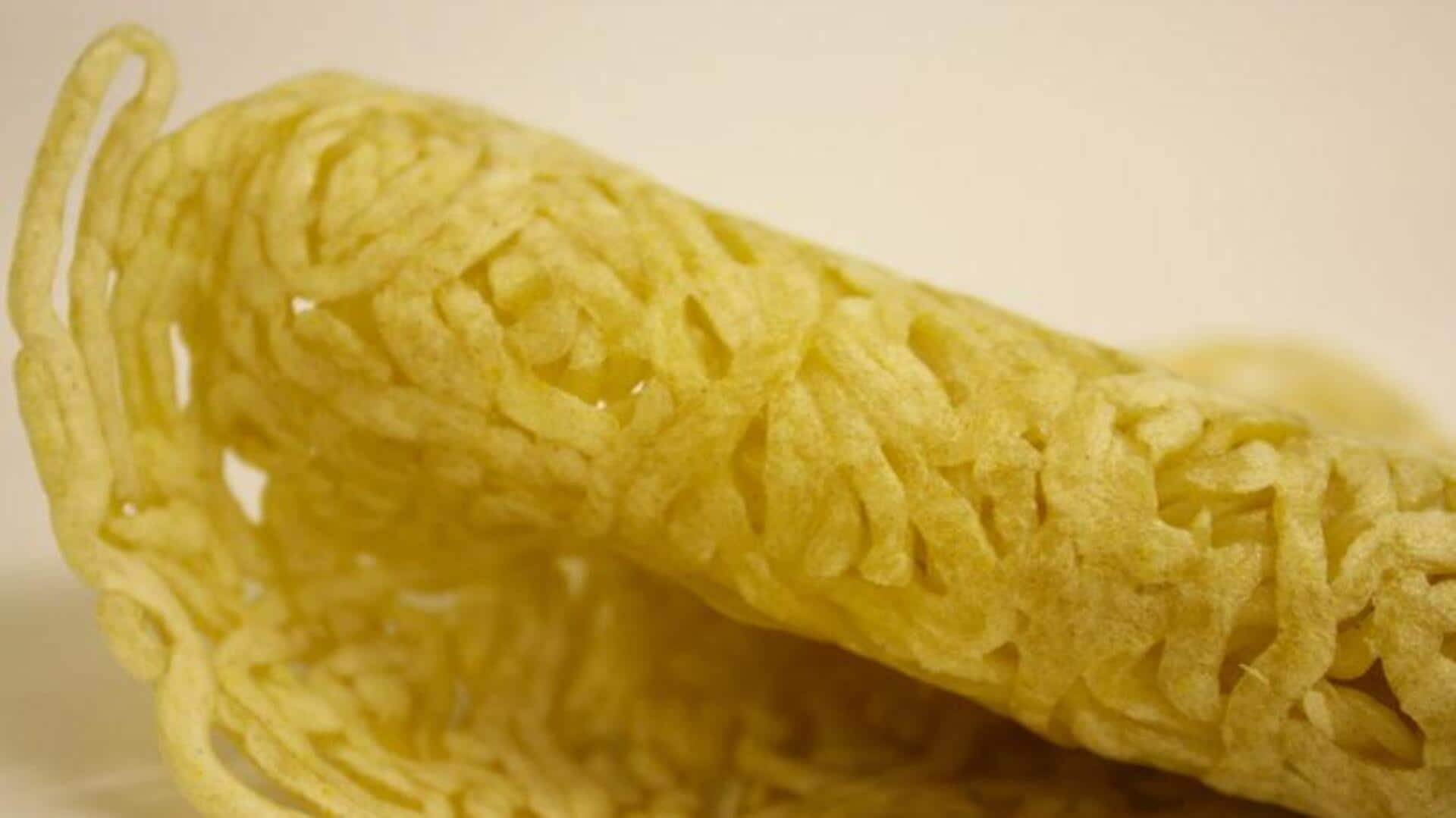Crafting fashion from the kitchen: A guide
What's the story
In a time when sustainability is no longer an option but a requirement, the world of fashion is looking for innovative materials that are not only beautiful but also kind to the planet.
And, edible materials are proving to be an unexpected but exciting new frontier.
This article explores how common food items are being turned into stunning pieces of wearable art, redefining sustainable fashion in the tastiest way possible.
Background
The rise of edible innovations
The drive for sustainable fashion is pushing designers to find new resources in unlikely places: our food waste and leftovers.
Materials like pineapple leaves and mushroom mycelium are being turned into eco-friendly, biodegradable textiles that are kinder to the planet.
This shift is fueled by a growing awareness of the environmental impact of traditional fabric production and a desire for more responsible alternatives.
Key concept
From plate to palette
Fashion's edible material innovations transform food products into wearable textiles.
Pinatex utilizes pineapple leaf fibers, providing a cruelty-free alternative to leather.
Mylo(tm), cultivated from mushroom mycelium, produces soft, durable fabrics that mimic leather's texture without the environmental cost.
These materials merge the worlds of culinary arts and fashion design, fostering creativity while championing sustainability.
Practical advice
Dressing responsibly
Supporting the shift toward sustainable fashion and edible material innovations begins with your shopping habits.
Seek out brands that emphasize eco-friendly practices and incorporate sustainable materials into their collections.
Learn about where your fabrics come from and their environmental impact.
Choose longevity over fast fashion—investing in pieces made from innovative materials like Pinatex or Mylo can significantly reduce your wardrobe's environmental footprint.
Cross-cultural fashion
A taste for change
Regions around the world are turning to traditional food sources for textile innovations - think coconut husks and rice paper - blending cultural heritage with contemporary design.
This not only diversifies fashion but also fosters cultural preservation, all while redefining our wardrobes' impact on the planet.
